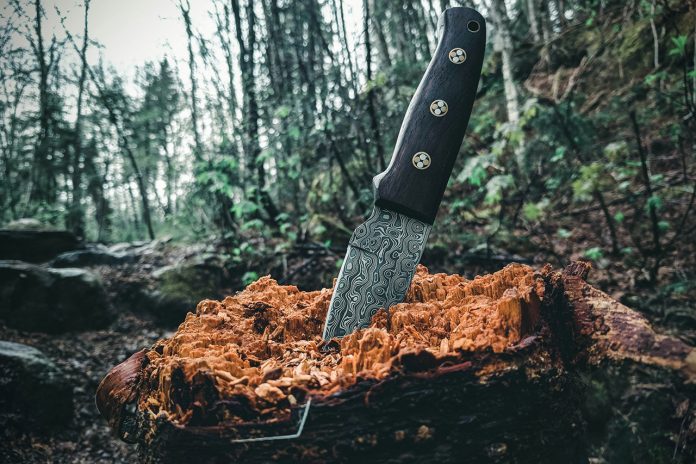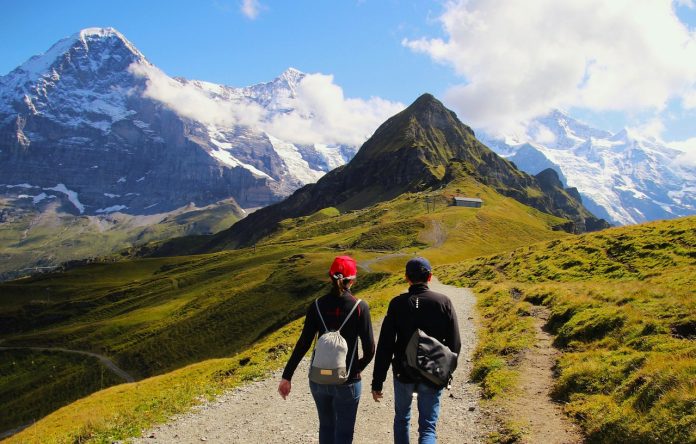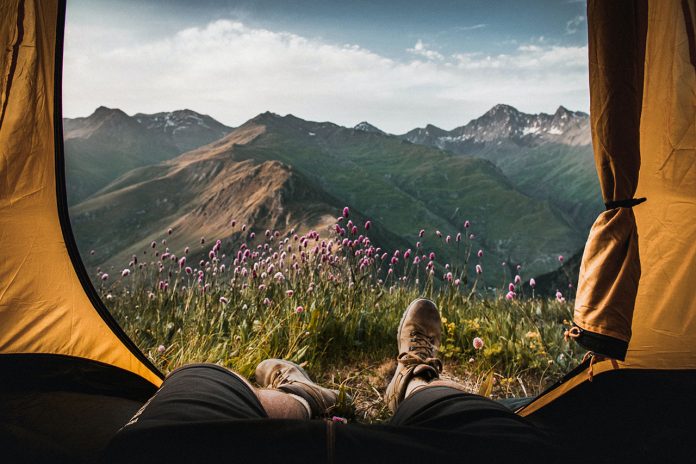A quality hiking knife is one of the most versatile and important pieces of gear you can carry. The right knife simplifies outdoor tasks like preparing kindling, cutting rope, opening packages, preparing food, and even fashioning emergency shelters. With hundreds of options on the market, choosing the best hiking knife for your needs requires careful evaluation of blade design, size, materials, and included features. Use this guide to discover what makes an excellent hiking knife and find the perfect outdoor companion for your adventures.
Table of Contents
You may also want to know: How to start hiking
Fixed vs. Folding Blade
The first decision is whether you want a fixed or folding blade design. Fixed blades feature a solid blade that doesn’t move while folding knives allow the blade to pivot into the handle.
Fixed blade pros include exceptional sturdiness and the ability to take on more heavy-duty tasks like chopping wood. Their exposed blades also allow for quicker access and safer use for intricate tasks. However, fixed blades don’t store as compactly.
Folding blades close into a slimmer profile for packing efficiency and legal carry. However, the moving parts are more prone to failure. For most day-hike needs, a sturdy folding knife will suffice. Extended backpacking trips into remote terrain may favor a fixed blade.
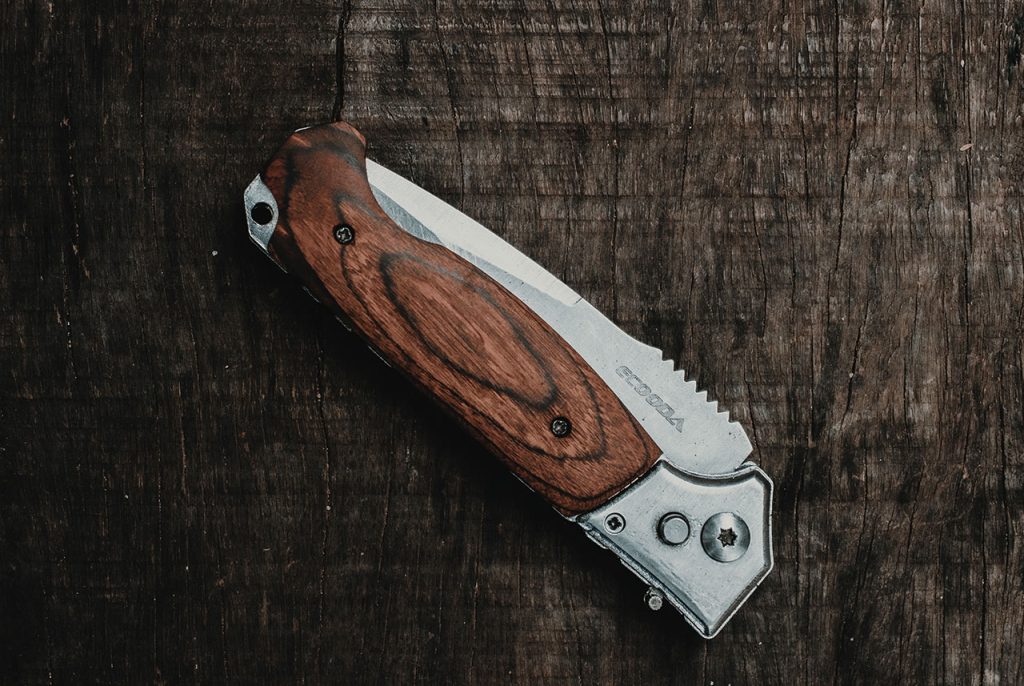
Blade Length
Common hiking knife blade lengths range from 3 to 5 inches. A longer blade allows you to take on more challenging cutting tasks with fewer strokes. But it also adds weight and reduces control for delicate tasks like whittling or meal prep.
A shorter 3-inch blade excels at intricate jobs like peeling fruit or carving. It also packs easier. The ideal all-around hiking blade length falls around 3.5 to 4.5 inches.
Blade Design and Materials
Shape and material impact a blade’s abilities. Classic drop point shapes with a spine that curves down to meet the tip are versatile for hiking. The sturdy point can bore holes while the angled edge aids slicing and carving.
In terms of metal, look for stainless steel, which resists corrosion and holds a sharp edge. High-carbon steel adds durability for intense usage. Titanium offers extreme lightness but isn’t as hard. Coatings like titanium nitride add slick texture and extended edge life.
A serrated section can be seen through materials like rope, wood, and bone while the straight edge manages softer items. A combination edge with partial serration offers the best of both.
Handle Material and Ergonomics
For grip security, comfort, and control, choose a hiking knife with a handle crafted from durable, textured materials like:
- Rubber – Provides tons of friction for grip even when wet.
- Wood/bone – Natural materials that absorb sweat for a slip-free hold.
- Polymer – Lightweight yet tough synthetic handles like thermoplastic.
- Metal – Aluminum or stainless steel handles transfer finger heat in cold weather.
An ergonomic shape with finger grooves, ridges, and contouring creates a stable, locked-in feel during use. This reduces hand strain on long hiking days.
Extra Features and Add-Ons
Bonus features to look for in a hiking knife include:
- Lanyard hole – Allows attaching a cord to prevent drops.
- Belt clip or sheath – Keeps the knife securely attached but accessible.
- Firestarter – Having a ferrocerium rod and striker saves space in your pack.
- Whistle – A built-in emergency whistle can be vital if injured or lost.
- Multi-tool – Some knives incorporate other functions like pliers, screwdrivers, bottle openers, etc.
Putting It All Together: 5 Outstanding Hiking Knife Options
Using the criteria above, here are five excellent hiking knife choices across styles and price points:
- Victorinox Swiss Army Classic SD Pocket Knife
- Ultra-portable 2.25” stainless steel blade
- Compact folding design with nail file, scissors, tweezers, and toothpick tools
- Ideal for ultralight hikers who still want handy extras
- Gerber StrongArm Fixed Blade Knife
- Sturdy 4.8” fine edge fixed blade for heavier chopping
- Rubberized diamond texture handle for grip
- Lanyard hole for security
- Moderate weight at 7.2 oz
- Buck Compadre Camp Knife
- 4” combo blade with partial serration
- Ergonomic rubber grip
- Comes with a sheath for belt carry
- Made in the USA
- Morakniv Companion Heavy Duty Knife
- 4.1” hardened Sandvik 12C27 steel blade
- Patterned high-friction grip
- Basic and budget-friendly
- Weighs just 4.1 oz
- Benchmade – Steep Country 15008 Knife
- 3.5” premium stainless drop point blade
- Contoured G10 handle for locked-in grip
- Made in USA with lifelong warranty
- High-end knife built for precision
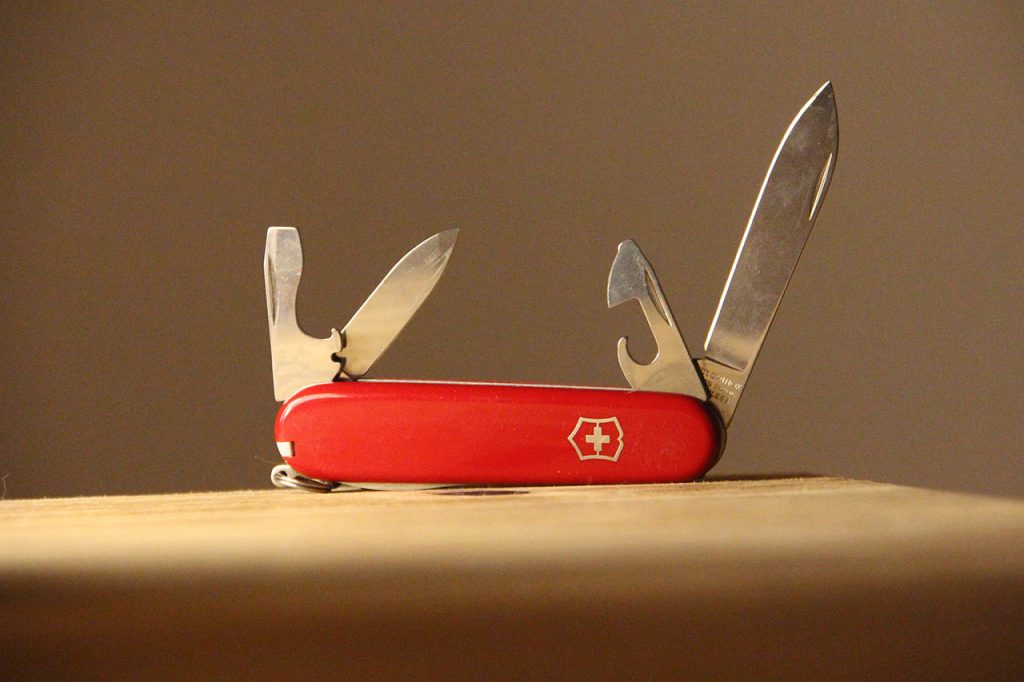
As this overview illustrates, the “perfect” hiking knife depends on the specialized features that best match your needs and preferences. Carefully assess whether a fixed or folding blade suits your treks, along with the ideal length, materials, ergonomics, and extras. Invest in a knife known for reliability from a reputable outdoor brand. Consider your budget, as high-quality knives come at a spectrum of price points to fit different consumers.
With a properly equipped hiking knife that feels agile and secure in your hand, you’re ready to tackle trails knowing you have a trusty companion. So sharpen your knowledge on finding the ideal hiking knife for your adventures ahead!
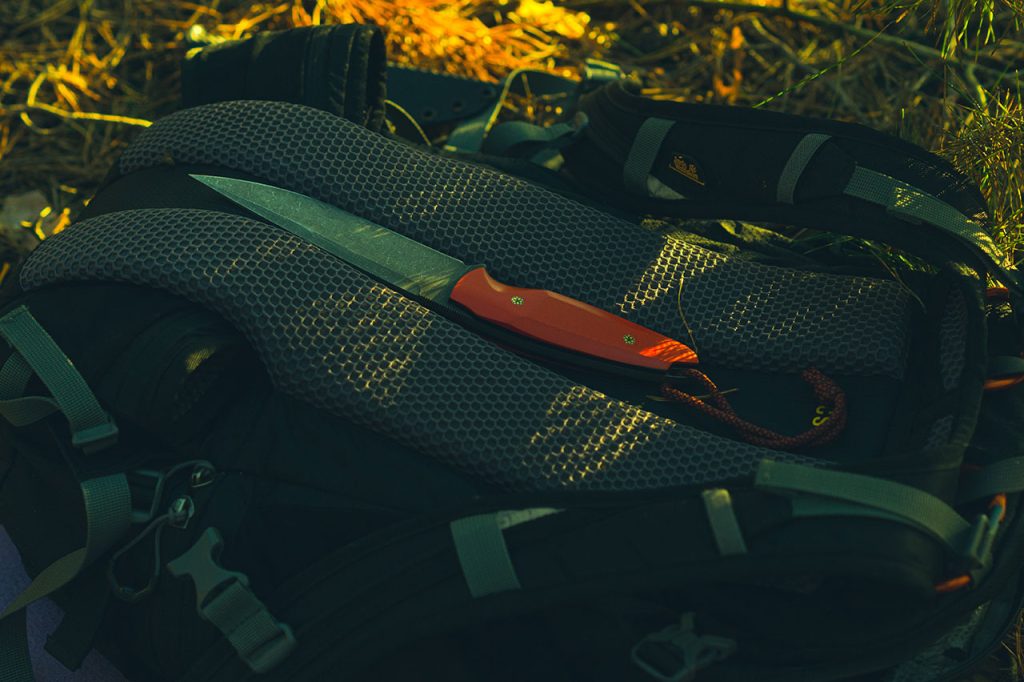
Related Links:
https://en.wikipedia.org/wiki/Hiking


